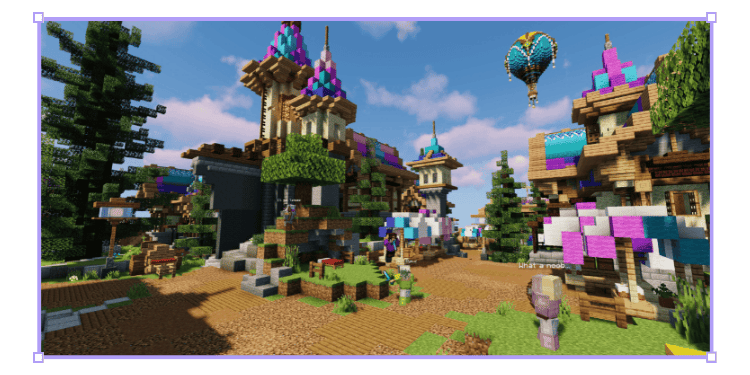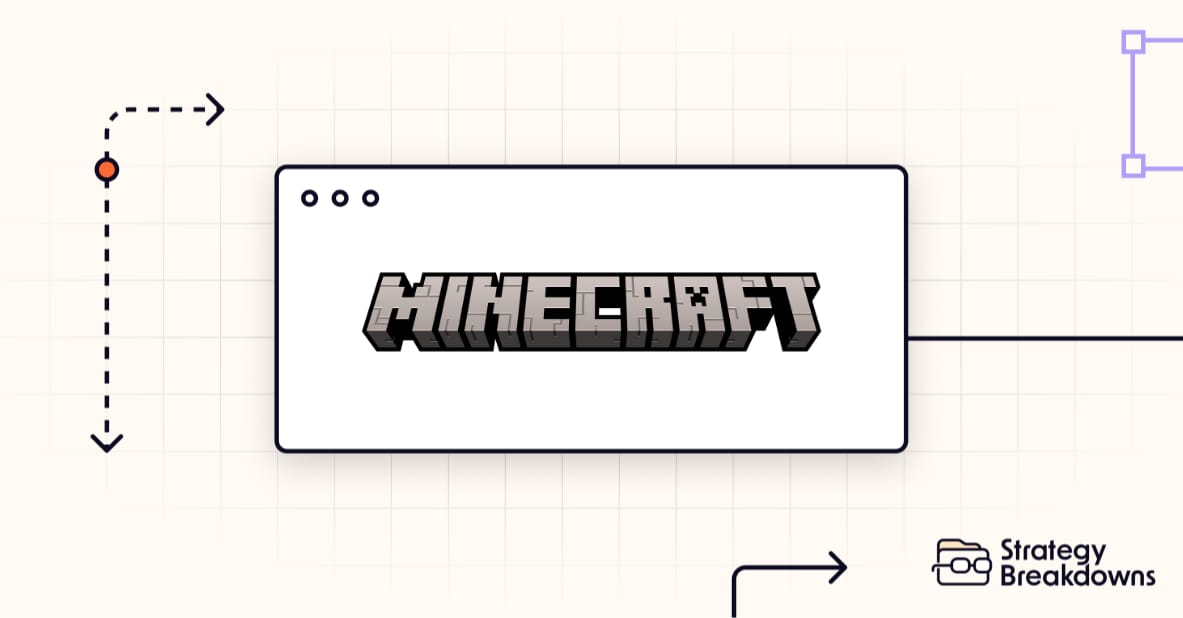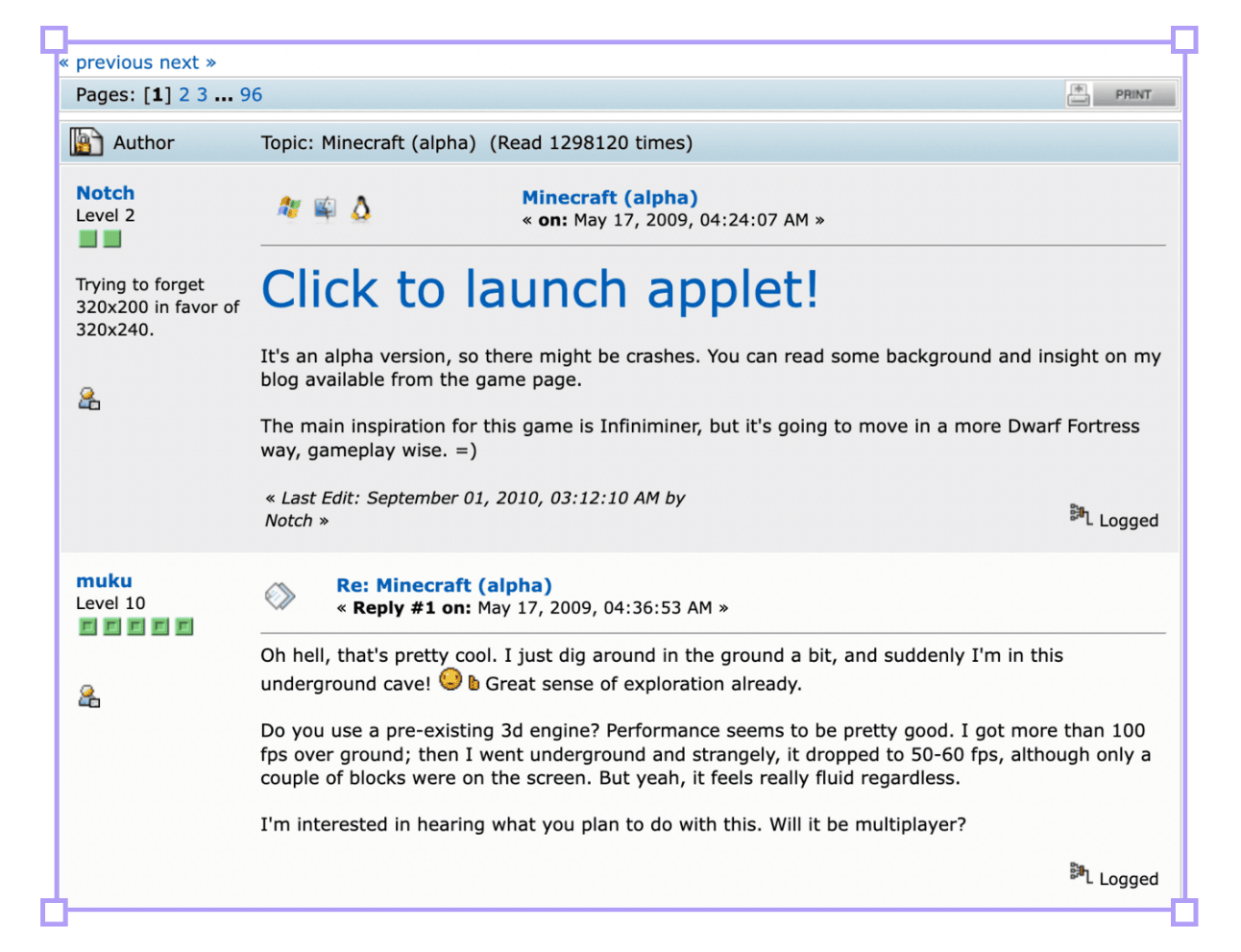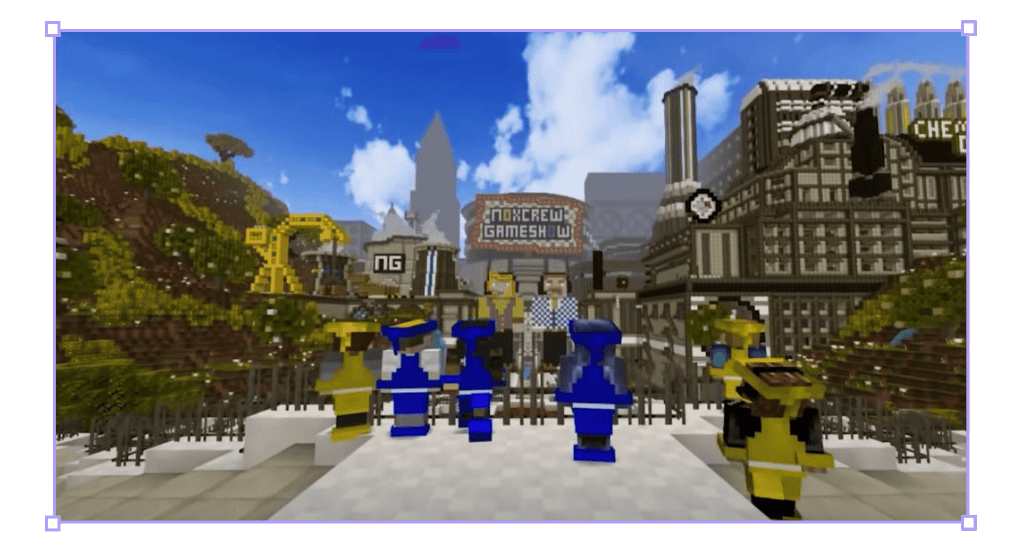Read time: 3 minutes 7 seconds

Hey folks — Tom here
I don’t usually write in first person, but today we’re I’m making an exception.
Today marks 6 months since the first edition of Strategy Breakdowns! Early next year I’ll do a dedicated write-up reflecting on the journey so far: highs, lows, metrics, and of course… strategy.
Plus, I’ve got some truly exciting news to share about the future of this project.
I’ll save the details for later, but for now I’ll just say a genuine thank you for reading. Whether you have read just 1 edition, or all 14, I’m grateful you’re here.
Today, I’ve got one thing to share that may be of interest to you:
I’m looking for a writer to join Strategy Breakdowns.
It feels only right to kickstart the search by asking you - a reader of the newsletter.
If you (or someone you know) might be a good fit, let me know by replying to this email, and I’ll be in touch!
Without further ado, a quick thanks to our sponsor for keeping the newsletter free.


My Playbook to Discover Hidden Opportunities
StrategyHub gives you the exact system I used at Atlassian to make high-impact strategic decisions using free online data.
Become your company's go-to 'insights person' by spotting patterns and opportunities that others miss.
“We need a front-end developer by Tuesday, but it’ll take months to find someone in the US”
We use Athyna at Strategy Breakdowns – and a bunch of our friends do too. If you are looking for your next remote hire, Athyna has you covered. From sales to marketing, ops to engineering.
The secret weapon for ambitious startups. No search fees. No activation fees. Just incredible talent, matched with AI-precision, at lightning speed.
Thank you for supporting our sponsors, who keep this newsletter free.



Chess Move
The what: A TLDR explanation of the strategy
No matter what industry you’re in - you can learn a lot from video game creators:
They pioneered best-practices for product onboarding, activation, and retention.
They were early adopters of digital growth trends like content and community.
They build viral loops and ‘customer delight’ into the DNA of their product.
Their customers are super-fans and relentless net promoters.
There’s a reason ‘gamification’ is such a common topic in product design huddles.
Today we’re breaking down Minecraft, the best-selling video game in history.
Over 300 million sales.
Nearly 140 million monthly active players.
The strategy behind it all?
The fact that Minecraft is more than just a game.

💡
Strategy Playbook: Don’t just build something to be ‘used’ or ‘played’. Build something your users can transform, monetise, and create with.


Breakdown
The how: The strategic playbook boiled down to 3x key takeaways
1. Community-led growth
Minecraft’s original creator Markus ‘Notch’ Persson released the earliest alpha version of the game directly to TIGSource forums for free.
Although more of a sandbox than a complete game, players immediately attached to it’s unique art-style and loveable feel.
Releasing to a small but passionate community who valued creativity and experimentation fuelled the game’s original organic growth spurt.
Due to Minecraft’s satisfying engine, players quickly took to modifying the game.
New items, gameplay mechanics, texture packs, skins, sounds, and worlds were created and shared around the community, transforming Minecraft into a platform for imagination.
Some early mods like The Aether had such extensive maps, storylines, item trees, NPCs, and lore, they felt like an official expansion pack.
Multiplayer servers, mini-games, and mods for in-game economies provided Minecraft worlds with even more community-centric mechanics.
‘Mods’ turned players into creators, and the game, a canvas.

2. User-generated YouTube content
Minecraft was built with several characteristics that gave it inherent suitability for YouTube videos:
It’s randomly generated open-world nature led to infinite content possibilities.
No instructions, levels, missions, or narrative gave each Minecraft creator total creative freedom in a unique world.
Survival and exploration aspects were perfect for episodic progressive adventure content.
Building and creative elements allowed players to construct their own storylines, characters, and worlds.
Several popular video formats emerged:
Let’s Play: Hit record → play for an hour → upload. Driven by the creator’s personality, with little editing required.
Speedruns: Compete with the YouTube community by achieving certain milestones in the shortest time possible.
Tutorials: Step-by-step guides teaching viewers how to do/make specific things in-game.
Animations: Short movies, skits, and music videos using the Minecraft aesthetic.
YouTube became the exponential force multiplier for Minecraft’s marketing, generating over 1 trillion views on videos featuring the game.
Today, there are more Minecraft videos on YouTube than any other game.

3. Expansion into new verticals
Minecraft: Education Edition marked a strategic shift into a b2b market.
Minecraft had an unfair advantage over other edtech and e-learning platforms: Kids already loved it.
Plus, the flexibility and adaptability of the game allowed teachers to mould the game to fit various subjects and teaching styles.
Education Edition provided teachers with resources, lesson plans, and training to integrate game-based learning into their curriculum.
By repositioning Minecraft from a leisure activity to a legitimate educational tool, Education Edition extended Minecraft’s Total Addressable Market beyond gamers, to students and teachers.



Rabbit Hole
The where: 3x high-signal resources to learn more
[10 minute read]
Now a digital landmark in video game history, this forum thread has since been visited 1,297,120 times.
Some highlights:
• “I'm interested in hearing what you plan to do with this. Will it be multiplayer?”
• “I hope you make something really good of this, dude; i think it has a lot of potential.”
• “Well, when an alpha keeps drawing me back to play it, you know you've got something good. I can't wait to see what this game becomes.”
[3 minute read]
Fascinating on-the-ground strategic insight from 2013 by an early MineCon attendee.
“At least half of the sessions were about how players can create and share their Minecraft experiences…
Video Making 101, Building Your YouTube Channel, Podcasting, Growing Your Community…
They are not selling, they are teaching, and their teaching may be the best sales strategy ever.”
[2 hour 20 minute watch]
The ‘video essay’ that inspired this article.
• How did Minecraft become so big?
• What characteristics defined each era of Minecraft videos?
• And did it shape what YouTube is today?
That’s all for today’s issue, folks!
If you liked today’s edition, you’ll love following along on Twitter [@tomaldertweets] and LinkedIn [/in/tom-alder]
Remember, if you (or someone you know) might be interested in writing for Strategy Breakdowns, let me know by replying to this email!
Thanks again for being here.


Whenever you're ready, there are 3 ways we can help you:
Our flagship course on how to use free internet data to make better strategic decisions. Contains 5 years of strategy expertise, proven methods, and actionable tactics to accelerate your career with modern-day strategy skills.
We have a growing audience of 55,000+ strategists from top companies like Google, Meta, Atlassian, Stripe, and Netflix. Apply to feature your business in front of Strategy Breakdowns readers.
One of the most common questions we get asked is: “What tools do you use to run Strategy Breakdowns?” So, we’ve open-sourced our tech stack to give you an inside-look at exactly what tools we’re using to power each corner of this operation.






